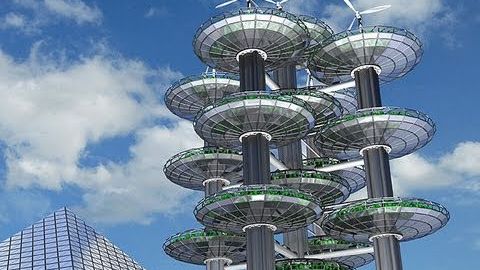未來城市 (Future Cities)
richardwang 發佈於 2021 年 01 月 14 日  沒有此條件下的單字
沒有此條件下的單字US /ˌpɑpjəˈleʃən/
・
UK /ˌpɒpjuˈleɪʃn/
US /rɪˈkwaɪr/
・
UK /rɪ'kwaɪə(r)/
US /ˈfjutʃɚ/
・
UK /ˈfju:tʃə(r)/
- n. (c./u.)未來;前途;未來時;期貨;後代
- adj.未來的;將來的;將來的
- v.t.計劃未來;展望未來
US /ˈɛnədʒi/
・
UK /'enədʒɪ/
- n. (c./u.)精力;能量;精力;能量(物理學);能量(計算機);能源(經濟)

